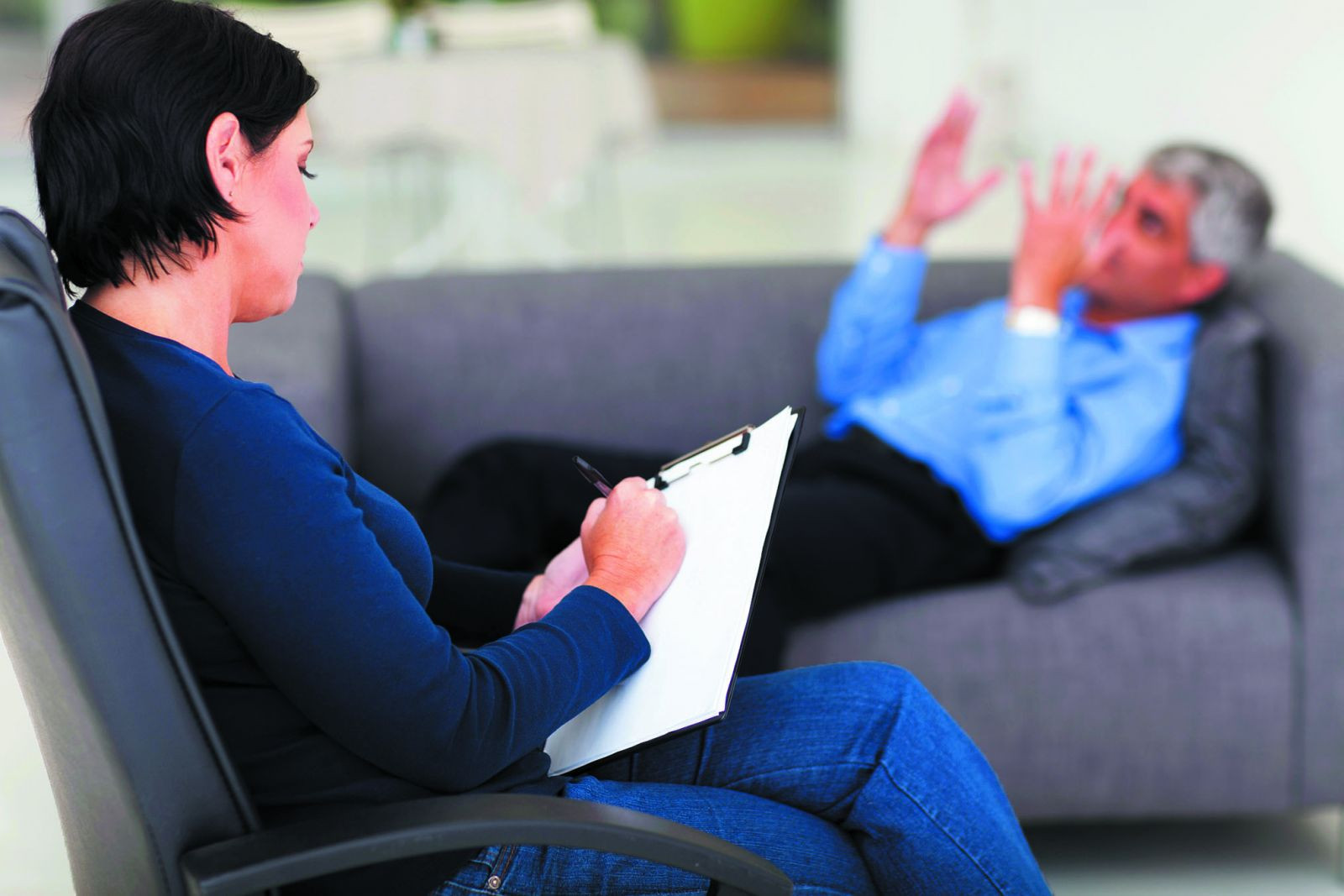
Tips to leverage neuroplasticity to maintain cognitive fitness as you age

Can white noise really help you sleep better?

Celiac disease: Exploring four myths

What is prostatitis and how is it treated?

What is Cushing syndrome?

Exercises to relieve joint pain

Think your child has ADHD? What your pediatrician can do

Foam roller: Could you benefit from this massage tool?

Stepping up activity if winter slowed you down

Common causes of cloudy urine
Pain Archive
Articles
Ask the doctor: Do I need gallbladder surgery?
Q. I've been having abdominal pain that may be due to gallstones. Is surgery the best solution, or are there other things I can try first?
A. The first thing to determine is whether your abdominal pain is in fact due to gallstones. They typically cause pain on the upper right side or in the center of the abdomen just below the breastbone that radiates to the back or right shoulder. The pain is often brought on by eating—especially fatty foods—or may occur at night. Sometimes gallstone pain is accompanied by sweating, bloating, nausea, or vomiting.
How to banish aches and pains
Gentles tretching adds benefit to your fitness routine, but make sure to warm up first. |
A variety of physical activities and regular stretching can rid you of routine discomfort.
Should you keep taking NSAIDs for pain?
The FDA is strengthening an existing label warning that NSAIDs increase the chance of a heart attack or stroke.
Could hypnotherapy help you?
Hypnotherapy helps you control or alter your thoughts, feelings, and physical state. The results may help relieve anxiety, pain, or insomnia. Image: Thinkstock |
Tap into your brain's circuitry to boost treatment for your health condition.
Three steps to build a better back
Brisk walking works many muscles that support a strong and healthy back, such as the muscles in the thighs, calves, abdomen, hips, and buttocks. Image: Thinkstock |
Strengthening, stretching, and improving posture will go a long way toward reducing back pain that comes with age.
8 tips for buying shoes that are good to your feet
Buying the right shoes is an investment in foot health. But how do you find ones that fit properly and provide adequate support?
Start with your own feet, and look at what's already in your closet. Stand barefoot on a piece of paper or cardboard, and trace the shape of each foot. Now take your shoes, one by one, and place them on top of the drawing. If you're like most people, your "comfortable" shoes will closely match the outline of your own feet.
Stronger heart risk warning for popular painkillers
Current data suggest that naproxen may be the safest NSAID. Image: iStock |
NSAID users: Take the lowest effective dose for the shortest possible time.
Using nonprescription pain relievers safely
Alternating two types of over-the-counter drugs can relieve pain while reducing the risk of serious side effects.
If you're in a drugstore trying to decide which over-the-counter pain reliever to buy, there are scores of products from which to choose. But there really are only two basic types: nonsteroidal anti-inflammatory drugs (NSAIDs), which include aspirin, ibuprofen (Motrin, Advil), and naproxen (Aleve, Naprosyn); or acetaminophen (Tylenol). If you want to maximize pain relief and minimize side effects, you might want to stock up on both types.
Best steps to soothe heel pain
Self-help steps can often chase away plantar fasciitis. For tough cases, make surgery your last option.
Plantar fasciitis is a common and painful overuse injury. It happens when the tough band of connecting tissue on the underside of the foot (the plantar fascia) develops tiny tears where it attaches to the heel bone. The good news is that plantar fasciitis usually gets better after a brief period of basic at-home care. "With rest, stretching, and avoiding the activity that is bothering you, it can go away in a couple of weeks," says Dr. A. Holly Johnson, an orthopedic surgeon specializing in foot and ankle problems at Harvard-affiliated Massachusetts General Hospital. "Sometimes it can take a few months for the pain to settle down, however."
Ask the doctor: I have osteoporosis. Will physical therapy for my back cause spinal fractures?
Q. I have sciatica. I also have vertebral fractures caused by osteoporosis. I'd like to get physical therapy for my sciatica but am worried about damaging my spine further. What do you advise?
A. I am glad that you are interested in pursuing physical therapy to treat the sciatica. It's the best treatment for it. The physical therapist is likely to show you how to do gentle stretching exercises for your upper legs, buttocks, and back, as well as how to use your back, core, and legs more effectively to avoid worsening the strain on your sciatic nerve. She will also train you to do exercises to strengthen your back and core. None of these maneuvers will damage the bones in your back. But it's important for you to tell the therapist that you do have osteoporosis and vertebral fractures. She will keep that in mind as she works with you.

Tips to leverage neuroplasticity to maintain cognitive fitness as you age

Can white noise really help you sleep better?

Celiac disease: Exploring four myths

What is prostatitis and how is it treated?

What is Cushing syndrome?

Exercises to relieve joint pain

Think your child has ADHD? What your pediatrician can do

Foam roller: Could you benefit from this massage tool?

Stepping up activity if winter slowed you down

Common causes of cloudy urine
Free Healthbeat Signup
Get the latest in health news delivered to your inbox!
Sign Up











